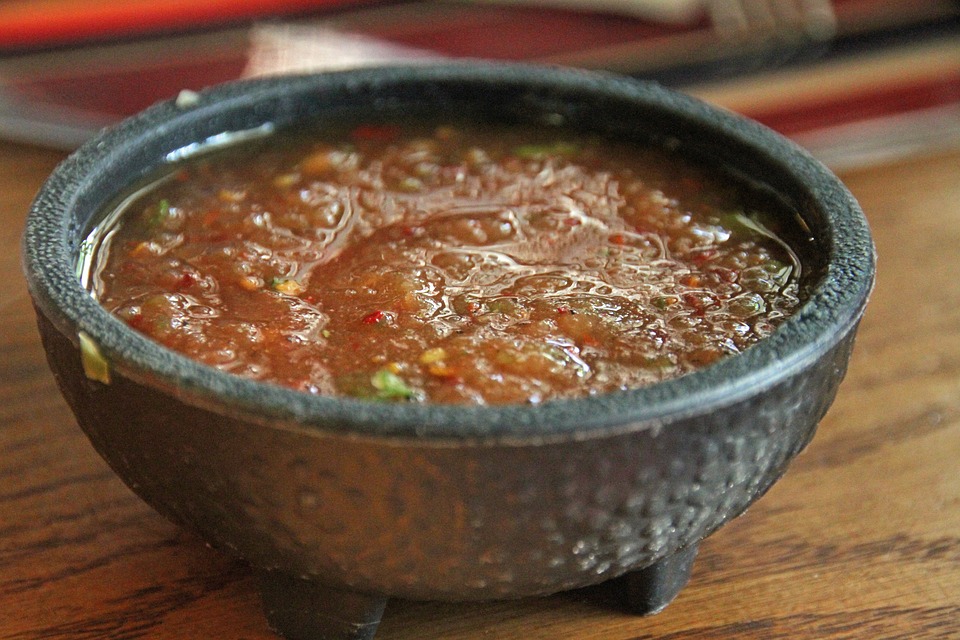The Hidden Truth: One in 18 People Born with a Third Nipple
Have you ever stopped to think about the unique characteristics that make us who we are? From freckles to dimples, each of us has something that sets us apart from the rest. But did you know that one in 18 people are born with a trait that’s both fascinating and a little bizarre? We’re talking about third nipples, also known as supernumerary nipples.
What are supernumerary nipples?
Supernumerary nipples, also known as accessory nipples, are small, nipple-like structures that appear in addition to the typical two nipples found on the human body. These extra nipples can appear anywhere along the milk line, which is the line that runs from the armpit to the groin area. They can be fully formed or just a small bump, and they’re usually harmless.
How common are supernumerary nipples?
According to the American Academy of Pediatrics, about 1 in 18 people are born with supernumerary nipples. That’s roughly 5-6% of the population! While it’s more common in men, women can also have them. In fact, one study found that 2.5% of women have supernumerary nipples.
Why do we have supernumerary nipples?
The exact reason why some people are born with supernumerary nipples isn’t fully understood. However, research suggests that it’s due to a genetic variation that affects the development of the embryo’s mammary glands. It’s thought that the extra nipple forms as a result of a faulty migration of the mammary gland tissue during fetal development.
What do supernumerary nipples look like?
Supernumerary nipples can vary in appearance, depending on their size and location. Some people may have a small, barely noticeable bump, while others may have a fully formed nipple with a nipple-like structure and areola. In some cases, the extra nipple can be quite large and prominent.
Do supernumerary nipples cause any health issues?
In most cases, supernumerary nipples are harmless and don’t cause any health problems. However, in rare cases, the extra nipple can be associated with other genetic disorders, such as Poland syndrome, which affects the development of the chest and arm.
Are supernumerary nipples a concern for women?
For women, supernumerary nipples can be a cosmetic concern, especially if they’re large and prominent. However, they don’t affect breast function or milk production. In fact, some women have reported that their supernumerary nipple has helped with breastfeeding, as it can provide an additional source of milk for their baby.
Image:
Here’s an illustration of what a supernumerary nipple might look like:
[Insert image of a person with a third nipple]
FAQs:
Q: Are supernumerary nipples always visible?
A: No, supernumerary nipples can be hidden under clothing or hair, and may only become visible during a physical examination or when the person is wearing a bathing suit.
Q: Can supernumerary nipples cause any health issues?
A: In rare cases, supernumerary nipples can be associated with other genetic disorders, but in most cases, they’re harmless.
Q: Can supernumerary nipples be removed?
A: Yes, supernumerary nipples can be surgically removed if they’re causing emotional distress or discomfort. However, this is usually only recommended in cases where the extra nipple is causing significant cosmetic concerns.
Q: Are supernumerary nipples more common in certain populations?
A: Supernumerary nipples can occur in any population, but they’re more common in people of European descent.
Q: Can supernumerary nipples affect fertility?
A: No, supernumerary nipples do not affect fertility or reproductive health.
Q: Can supernumerary nipples be inherited?
A: Yes, supernumerary nipples can be inherited, but the exact inheritance pattern is not fully understood.
In conclusion, supernumerary nipples are a fascinating and relatively common phenomenon that can add a unique touch to an individual’s appearance. While they may not affect health or function, they can still be a topic of curiosity and interest for those who are aware of their existence. So next time you’re getting ready to hit the beach, take a glance down and see if you’re one of the 1 in 18 people born with a third nipple!



